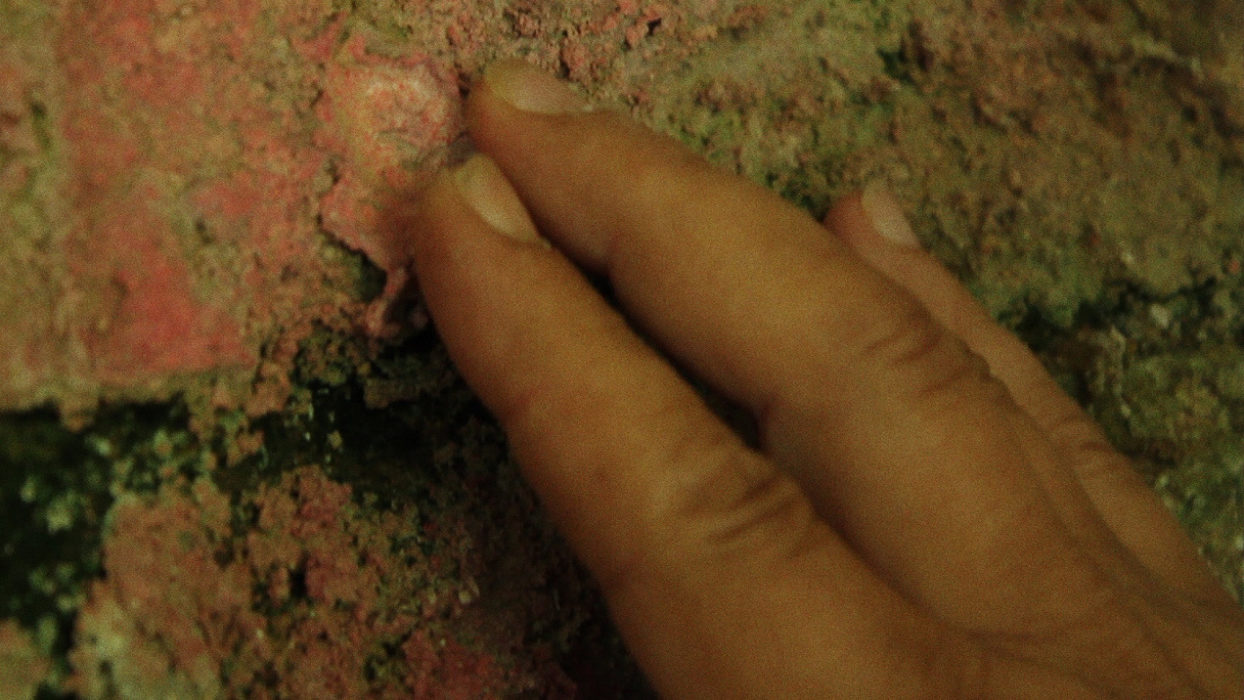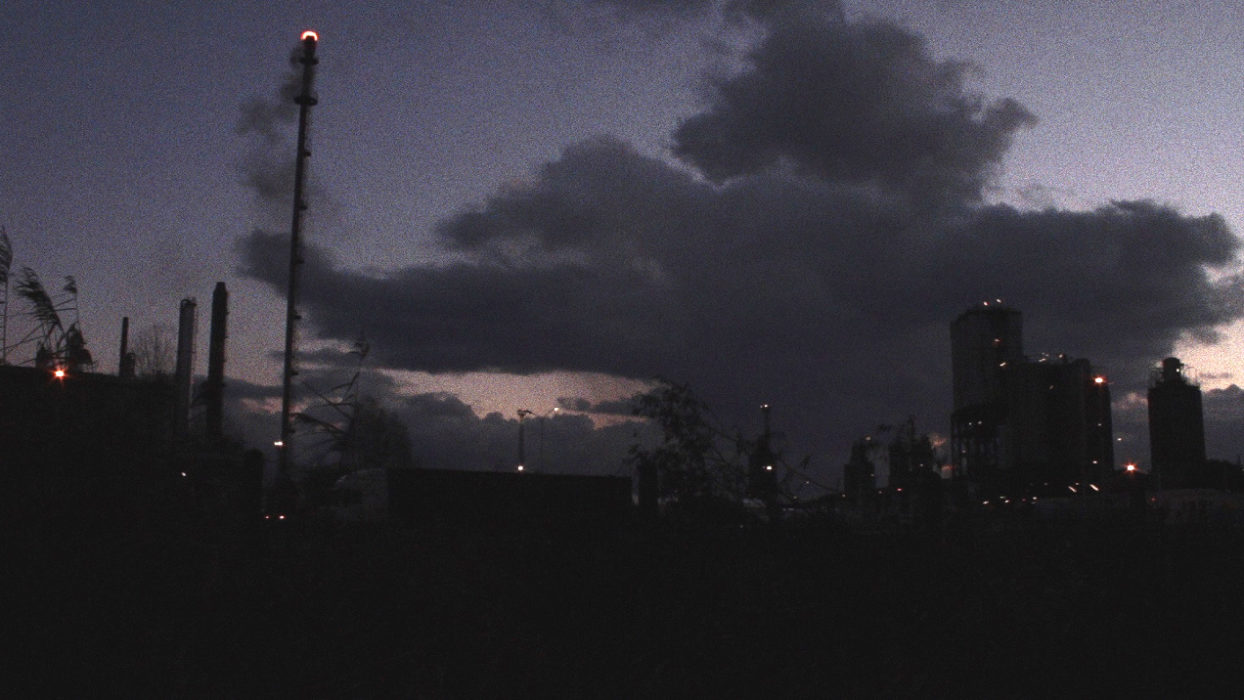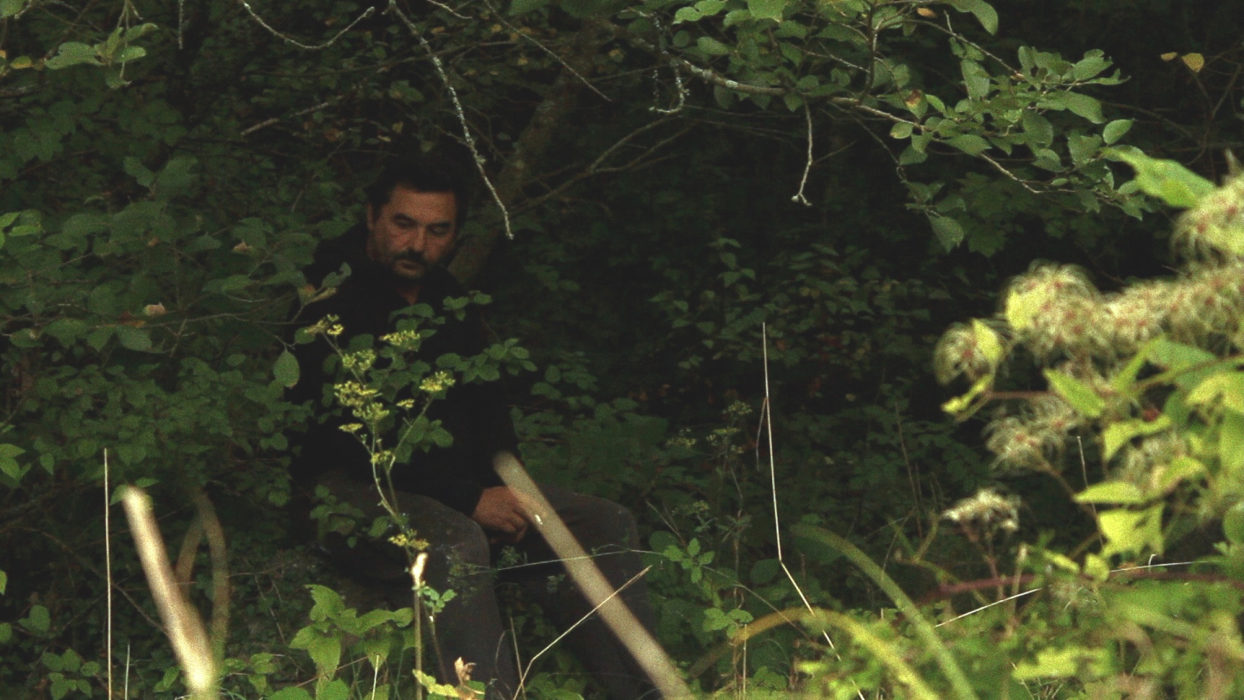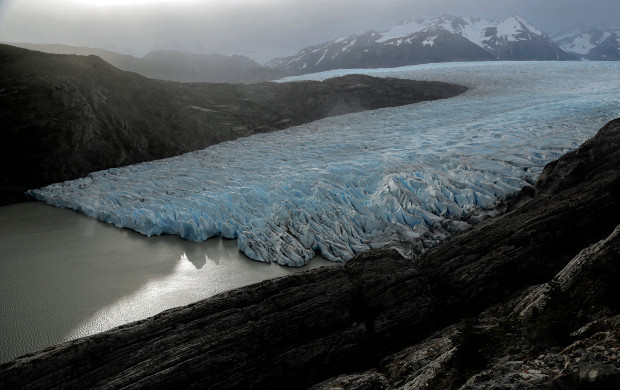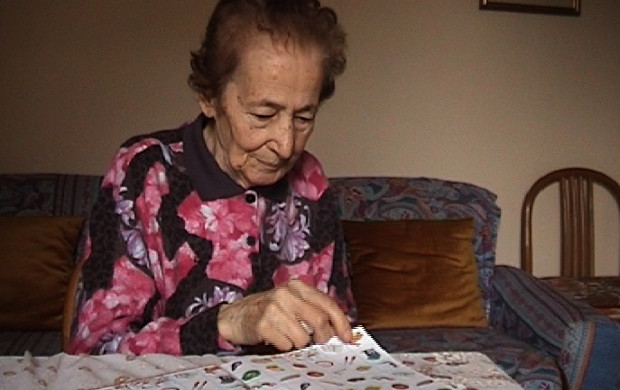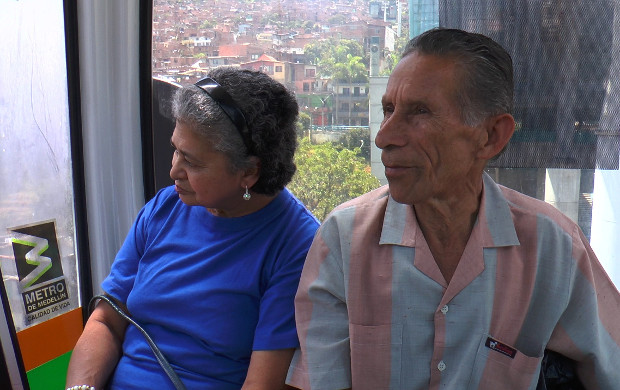Sfumato
- 2016
- France
- 71 minutes
- French
SPECIAL MENTION INSTITUT FRANÇAIS LOUIS MARCORELLES AWARD
It all begins in a painter’s studio, in the silence of his gestures. Christophe Bisson’s camera does away with contours to explore the half-light – hinting that Bernard Legay’s portrait will itself be a painterly one. As the seasons turn, we grow familiar with the Lower-Normandy landscapes and the artist’s workspace. The huge decrepit barn, rather than being left abandoned, seems inhabited again by the hermit’s doggedness, as he scrapes off precious rust powder or flakes of peeling paint. It is only after the sensorial experience of this work on matter that words arrive. “After disenchantment, you look at lichen, at stones, you try to re-establish contact with the most elementary things. So if you choose to live, you look at what can hold on.” The focus on the artist, who draws his ideas for texture from nature and even from the relationship with his dying mother, soon opens out to include an existential challenge. With his tormented sensitivity, this Lower-Normand painter assimilates canvas and skin within one gesture that we understand to be absolutely vital, and which Christophe Bisson’s camera and his practice of cinematic sfumato both respect and magnify. (Charlotte Garson)
- Production : Triptyque Films
- Editing : Christophe Bisson
- Sound : Sophie Distefano
- Photography : Christophe Bisson
- Copy Contact : Triptyque Films
